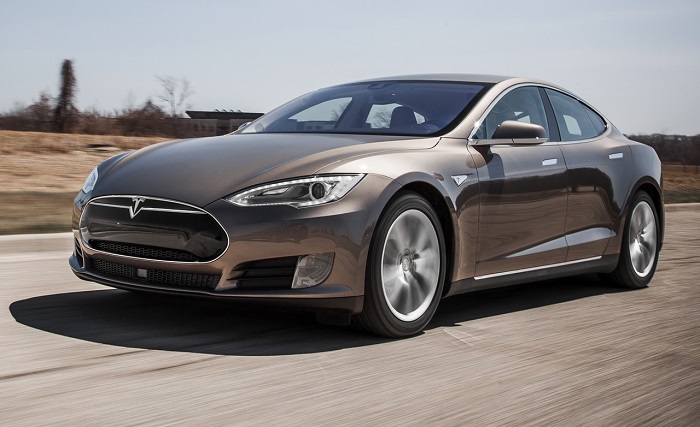Per a representative at Tesla, a single Model S in Europe experienced a seatbelt malfunction. Rather than treat this as a one-off instance, the company has instead elected to issue a voluntary recall of its entire popular Model S fleet — some 90,000 electric vehicles the world over.

The company states in the recall notification that the front seat belts could fail to function correctly in an accident, and will fix the issue for free.
Fortunately, in the case of the one car where the seatbelt malfunctioned, there was no accident. What happened is the owner of the vehicle turned around to speak with passengers in the backseat, and when she did this, her belt came loose.
The owner notified Tesla of this instance, whereupon the company confirmed the fault; specifically, it cited the belt could tighten incorrectly in a crash.
Tesla has inspected 3,000 Model S sedans since early November, and there have been no other reports of similar incidents since the initial report was filed. The company explained that the flaw was related to a bolt in the seatbelt housing unit, and that it would take just a few minutes to inspect and repair it at one of the company’s service centers.
The cost, per the company, is “immaterial.”
A representative for the company explained Tesla notified regulators globally of the incident, but has not yet been required to recall the affected vehicles. Despite the inaction on the part of the regulators, the company is not going to wait, and is instead recalling the vehicle out of an “abundance of caution.”
Worth noting: the seat belt affected is only in the front seat, not in the rear, and it’s only the Model S — no other Tesla vehicles have shown the same / similar issues.
For those curious as to what the context of the message to its customers was, it outlined a process for owners to have their vehicles inspected, offering the ability to book an inspection online or visit a service center. Tesla also said that it's looking into ways it could send technicians to owners who can't easily get to one of its 125 service centers, and that the company may be able to perform the inspection at Supercharger stations.
The letter also suggested that owners might also want to self-test their seat belts, though that suggestion was immediately followed-up with a note that this isn't a substitute for an official inspection.
“If you are concerned about the status of your seat belt prior to your scheduled inspection, you may be able to detect this condition by pulling very firmly on the lap portion of your seat belt with a force of at least 80 pounds,” the carmaker said in the email. “This procedure may detect an improperly attached seat belt but performing this procedure does not replace the need for an inspection by a Tesla technician.”
This is by far the largest recall for Tesla to date, but the timing is somewhat fortunate, as it comes at a time when there are other massive safety-related recalls taking place the industry over. General Motors, for instance, recently recalled millions of its vehicles worldwide for an ignition-switch defect that could cause airbags to malfunction in a crash. Takata, meanwhile, has its hands full with all of the manufacturers that use its airbags due to the airbag inflators potentially spraying occupants with metal shards.
“This goes above and beyond what's traditional in the industry,” the Tesla representative said. “But from [CEO] Elon Musk on down it was unacceptable to Tesla.”
Via Business Insider
Advertisement
Learn more about Electronic Products Magazine





